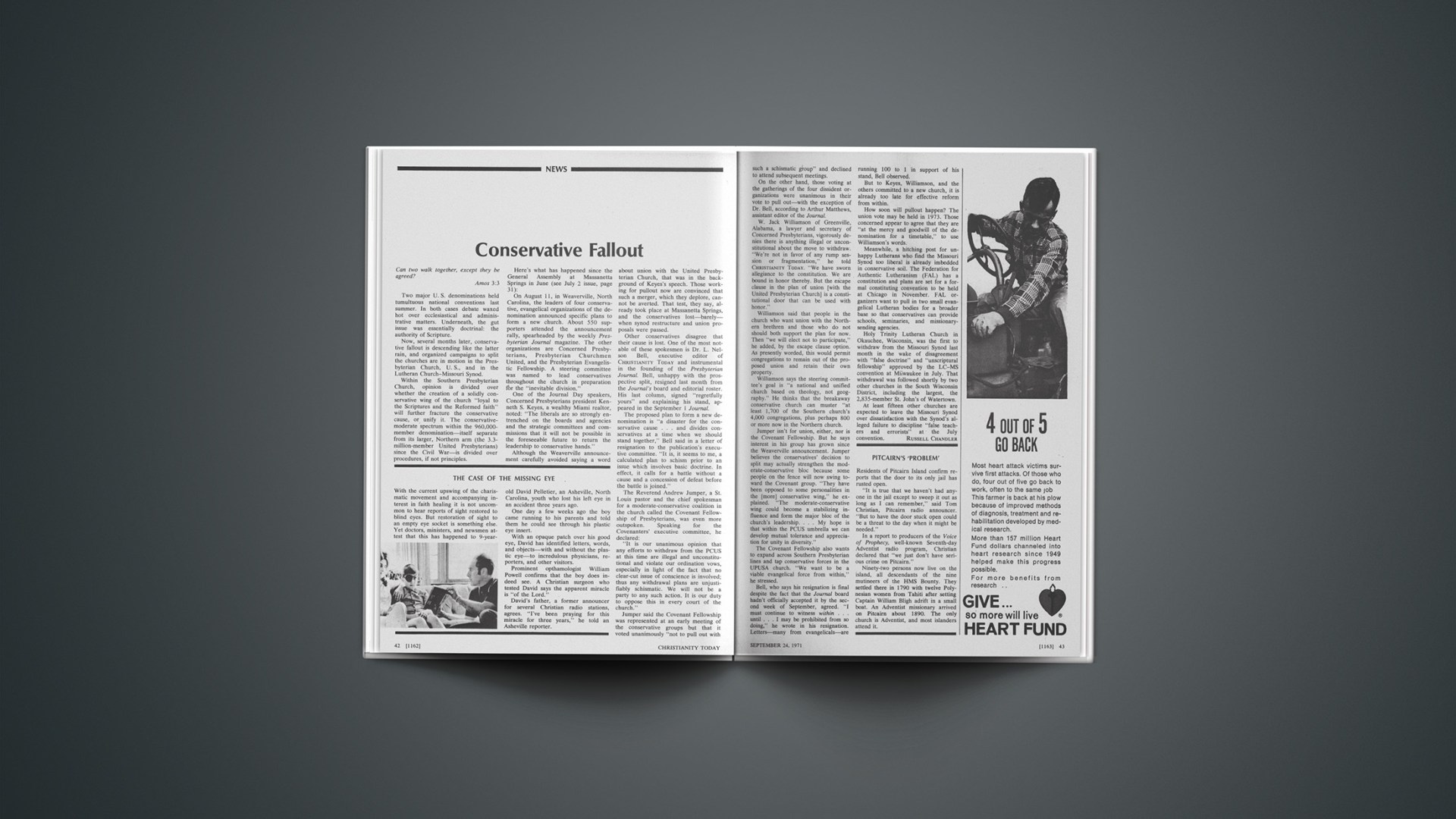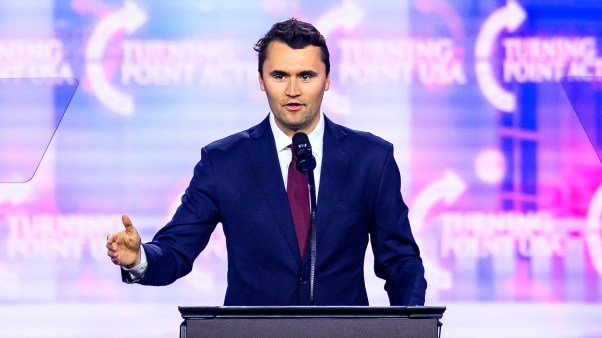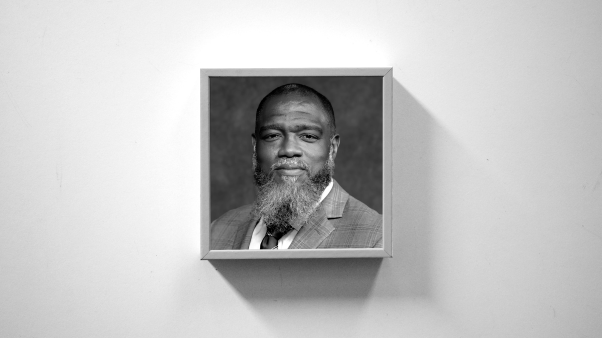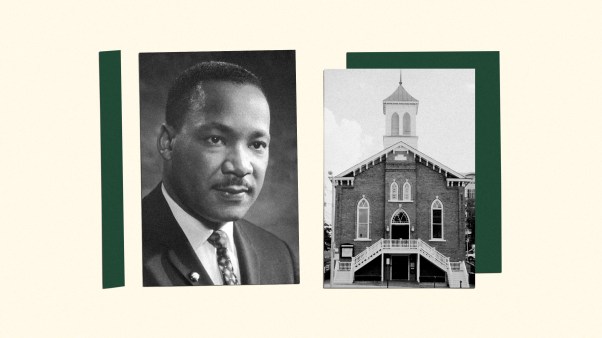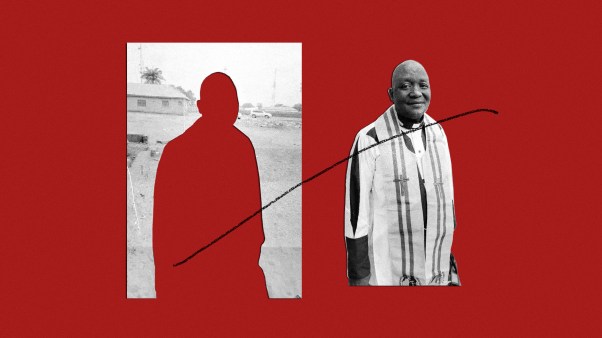Can two walk together, except they be agreed?
Amos 3:3
Two major U. S. denominations held tumultuous national conventions last summer. In both cases debate waxed hot over ecclesiastical and administrative matters. Underneath, the gut issue was essentially doctrinal: the authority of Scripture.
Now, several months later, conservative fallout is descending like the latter rain, and organized campaigns to split the churches are in motion in the Presbyterian Church, U. S., and in the Lutheran Church-Missouri Synod.
Within the Southern Presbyterian Church, opinion is divided over whether the creation of a solidly conservative wing of the church “loyal to the Scriptures and the Reformed faith” will further fracture the conservative cause, or unify it. The conservative-moderate spectrum within the 960,000-member denomination—itself separate from its larger, Northern arm (the 3.3-million-member United Presbyterians) since the Civil War—is divided over procedures, if not principles.
Here’s what has happened since the General Assembly at Massanetta Springs in June (see July 2 issue, page 31):
On August 11, in Weaverville, North Carolina, the leaders of four conservative, evangelical organizations of the denomination announced specific plans to form a new church. About 550 supporters attended the announcement rally, spearheaded by the weekly Presbyterian Journal magazine. The other organizations are Concerned Presbyterians, Presbyterian Churchmen United, and the Presbyterian Evangelistic Fellowship. A steering committee was named to lead conservatives throughout the church in preparation fbr the “inevitable division.”
One of the Journal Day speakers, Concerned Presbyterians president Kenneth S. Keyes, a wealthy Miami realtor, noted: “The liberals are so strongly entrenched on the boards and agencies and the strategic committees and commissions that it will not be possible in the foreseeable future to return the leadership to conservative hands.”
Although the Weaverville announcement carefully avoided saying a word about union with the United Presbyterian Church, that was in the background of Keyes’s speech. Those working for pullout now are convinced that such a merger, which they deplore, cannot be averted. That test, they say, already took place at Massanetta Springs, and the conservatives lost—barely—when synod restructure and union proposals were passed.
Other conservatives disagree that their cause is lost. One of the most notable of these spokesmen is Dr. L. Nelson Bell, executive editor of CHRISTIANITY TODAY and instrumental in the founding of the Presbyterian Journal. Bell, unhappy with the prospective split, resigned last month from the Journal’s board and editorial roster. His last column, signed “regretfully yours” and explaining his stand, appeared in the September 1 Journal.
The proposed plan to form a new denomination is “a disaster for the conservative cause … and divides conservatives at a time when we should stand together,” Bell said in a letter of resignation to the publication’s executive committee. “It is, it seems to me, a calculated plan to schism prior to an issue which involves basic doctrine. In effect, it calls for a battle without a cause and a concession of defeat before the battle is joined.”
The Reverend Andrew Jumper, a St. Louis pastor and the chief spokesman for a moderate-conservative coalition in the church called the Covenant Fellowship of Presbyterians, was even more outspoken. Speaking for the Covenanters’ executive committee, he declared:
“It is our unanimous opinion that any efforts to withdraw from the PCUS at this time are illegal and unconstitutional and violate our ordination vows, especially in light of the fact that no clear-cut issue of conscience is involved; thus any withdrawal plans are unjustifiably schismatic. We will not be a party to any such action. It is our duty to oppose this in every court of the church.”
Jumper said the Covenant Fellowship was represented at an early meeting of the conservative groups but that it voted unanimously “not to pull out with such a schismatic group” and declined to attend subsequent meetings.
On the other hand, those voting at the gatherings of the four dissident organizations were unanimous in their vote to pull out—with the exception of Dr. Bell, according to Arthur Matthews, assistant editor of the Journal.
W. Jack Williamson of Greenville, Alabama, a lawyer and secretary of Concerned Presbyterians, vigorously denies there is anything illegal or unconstitutional about the move to withdraw. “We’re not in favor of any rump session or fragmentation,” he told CHRISTIANITY TODAY. “We have sworn allegiance to the constitution. We are bound in honor thereby. But the escape clause in the plan of union [with the United Presbyterian Church] is a constitutional door that can be used with honor.”
Williamson said that people in the church who want union with the Northern brethren and those who do not should both support the plan for now. Then “we will elect not to participate,” he added, by the escape clause option. As presently worded, this would permit congregations to remain out of the proposed union and retain their own property.
Williamson says the steering committee’s goal is “a national and unified church based on theology, not geography.” He thinks that the breakaway conservative church can muster “at least 1,700 of the Southern church’s 4,000 congregations, plus perhaps 800 or more now in the Northern church.
Jumper isn’t for union, either, nor is the Covenant Fellowship. But he says interest in his group has grown since the Weaverville announcement. Jumper believes the conservatives’ decision to split may actually strengthen the moderate-conservative bloc because some people on the fence will now swing toward the Covenant group. “They have been opposed to some personalities in the [more] conservative wing,” he explained. “The moderate-conservative wing could become a stabilizing influence and form the major bloc of the church’s leadership.… My hope is that within the PCUS umbrella we can develop mutual tolerance and appreciation for unity in diversity.”
The Covenant Fellowship also wants to expand across Southern Presbyterian lines and tap conservative forces in the UPUSA church. “We want to be a viable evangelical force from within,” he stressed.
Bell, who says his resignation is final despite the fact that the Journal board hadn’t officially accepted it by the second week of September, agreed. “I must continue to witness within … until … I may be prohibited from so doing,” he wrote in his resignation. Letters—many from evangelicals—are running 100 to 1 in support of his stand, Bell observed.
But to Keyes, Williamson, and the others committed to a new church, it is already too late for effective reform from within.
How soon will pullout happen? The union vote may be held in 1973. Those concerned appear to agree that they are “at the mercy and goodwill of the denomination for a timetable,” to use Williamson’s words.
Meanwhile, a hitching post for unhappy Lutherans who find the Missouri Synod too liberal is already imbedded in conservative soil. The Federation for Authentic Lutheranism (FAL) has a constitution and plans are set for a formal constituting convention to be held at Chicago in November. FAL organizers want to pull in two small evangelical Lutheran bodies for a broader base so that conservatives can provide schools, seminaries, and missionarysending agencies.
Holy Trinity Lutheran Church in Okauchee, Wisconsin, was the first to withdraw from the Missouri Synod last month in the wake of disagreement with “false doctrine” and “unscriptural fellowship” approved by the LC-MS convention at Milwaukee in July. That withdrawal was followed shortly by two other churches in the South Wisconsin District, including the largest, the 2,835-member St. John’s of Watertown.
At least fifteen other churches are expected to leave the Missouri Synod over dissatisfaction with the Synod’s alleged failure to discipline “false teachers and errorists” at the July convention.
The Case Of The Missing Eye
With the current upswing of the charismatic movement and accompanying interest in faith healing it is not uncommon to hear reports of sight restored to blind eyes. But restoration of sight to an empty eye socket is something else. Yet doctors, ministers, and newsmen attest that this has happened to 9-year-old David Pelletier, an Asheville, North Carolina, youth who lost his left eye in an accident three yars ago.
One day a few weeks ago the boy came running to his parents and told them he could see through his plastic eye insert.
With an opaque patch over his good eye, David has identified letters, words, and objects—with and without the plastic eye—to incredulous physicians, reporters, and other visitors.
Prominent opthamologist William powell confirms that the boy does indeed see. A Christian surgeon who tested David says the apparent miracle is “of the Lord.”
David’s father, a former announcer for several Christian radio stations, agrees. “I’ve been praying for this miracle for three years,” he told an Asheville reporter.
Pitcairn’S ‘Problem’
Residents of Pitcairn Island confirm reports that the door to its only jail has rusted open.
“It is true that we haven’t had anyone in the jail except to sweep it out as long as I can remember,” said Tom Christian, Pitcairn radio announcer. “But to have the door stuck open could be a threat to the day when it might be needed.”
In a report to producers of the Voice of Prophecy, well-known Seventh-day Adventist radio program, Christian declared that “we just don’t have serious crime on Pitcairn.”
Ninety-two persons now live on the island, all descendants of the nine mutineers of the HMS Bounty. They settled there in 1790 with twelve Polynesian women from Tahiti after setting Captain William Bligh adrift in a small boat. An Adventist missionary arrived on Pitcairn about 1890. The only church is Adventist, and most islanders attend it.

